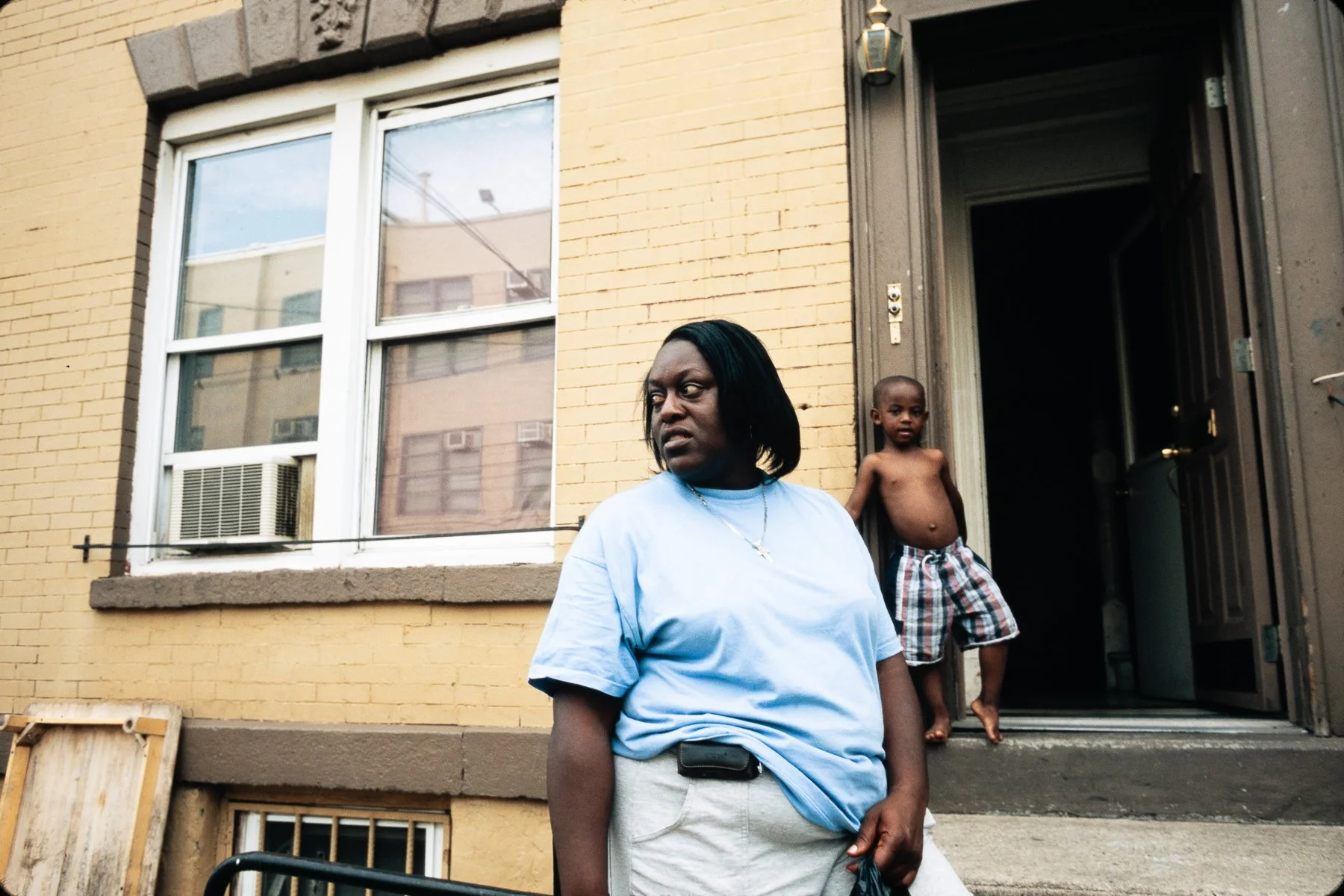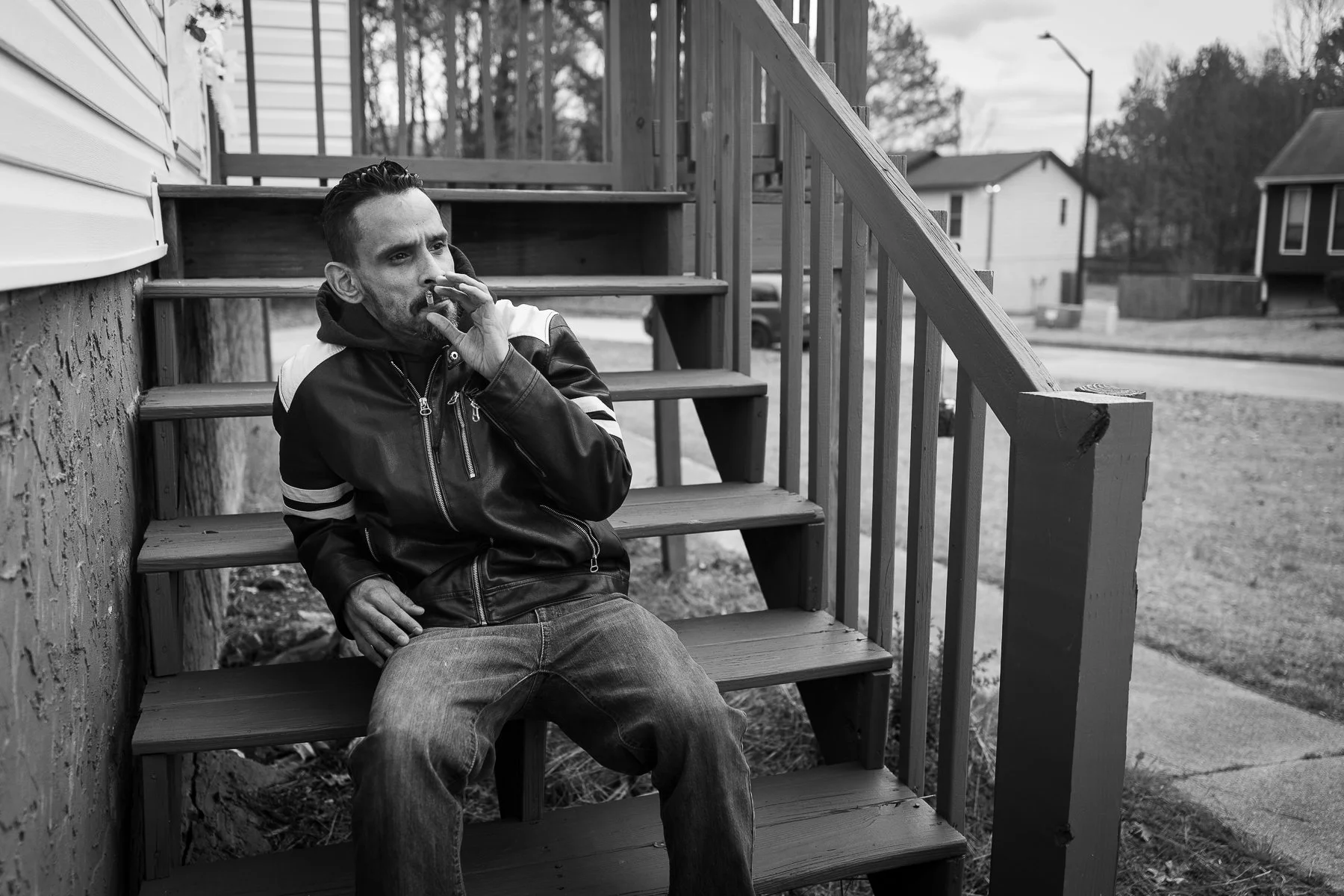Natural Mothers
A documentary journey through the foster care system, Photographed by Lisa Hancock
Kayla in the kitchen, 2007. All images © Lisa Hancock.
Fresh out of college in 1989, I landed a job as a caseworker at the Catholic Home Bureau, a foster care agency in New York City. With little to no training, I was suddenly responsible for a caseload of twenty foster children—helping them settle into new homes and arranging visits with their biological families.
Each year, up to half a million children in the United States are placed in foster care. The system is meant to be temporary, a bridge while parents rebuild their lives. But I witnessed how steep that climb could be—parents battling addiction, mental illness, or HIV/AIDS with few resources to help them recover.
Years later, as a photographer, I returned to this world to document the women behind the statistics. Often dismissed as “unfit” or “bad” mothers, many had grown up in foster care themselves—survivors of an ineffective system that too often harms rather than nurtures the very children it’s meant to protect. In 2007, I met three mothers who were eager to share their stories. They allowed me to photograph them in their homes and during visits with their children, as they worked to piece their families back together. Each seemed desperate to be seen and heard in a world that mostly judged them or looked away.
When I began the project, some peers urged me to focus on the children instead of their “unfit” mothers. Others questioned whether documentary photography was inherently exploitative. I felt uncertain—torn between empathy and doubt—and stepped away from the project for several years, losing touch with the women I had photographed. Over time, I came to accept that there will always be two schools of thought: those who believe documentary photography takes advantage of its subjects, and those, like me, who believe in its power to create understanding. Photography allows us to bear witness to the struggles of others and to hold space for the full complexity of their stories.
I shot this project with my first camera—a 35mm film camera—using high-speed black-and-white film and color slides. The resulting images are blurry and grainy, mirroring the turbulence and uncertainty of the lives they depict. I hope they convey the deep isolation and despair these women endured, and the universal need for connection and compassion that binds us all.
Scroll below to learn more about each woman’s case and to hear their stories in their own words.
Catherine
Catherine’s newborn son Adam was placed in foster care after a caseworker reported her to the Administration for Children’s Services (ACS) for neglect.
Monica
A teacher reported Monica to ACS when her 9-year-old son Marko showed up at school with bruises on his face. Marko and her other son Nikolas, 3, were placed in foster care with their grandmother.
Jana
Jana’s 8-year-old daughter Kayla was placed in foster care when officials at the shelter where they were living reported that she was using drugs and leaving Kayla unattended.
Ramon
Ramon and his three sisters were foster children on my caseload when I was a caseworker from 1989-1991. Their father had committed suicide and their mother had fallen into a life of drugs and crime.




